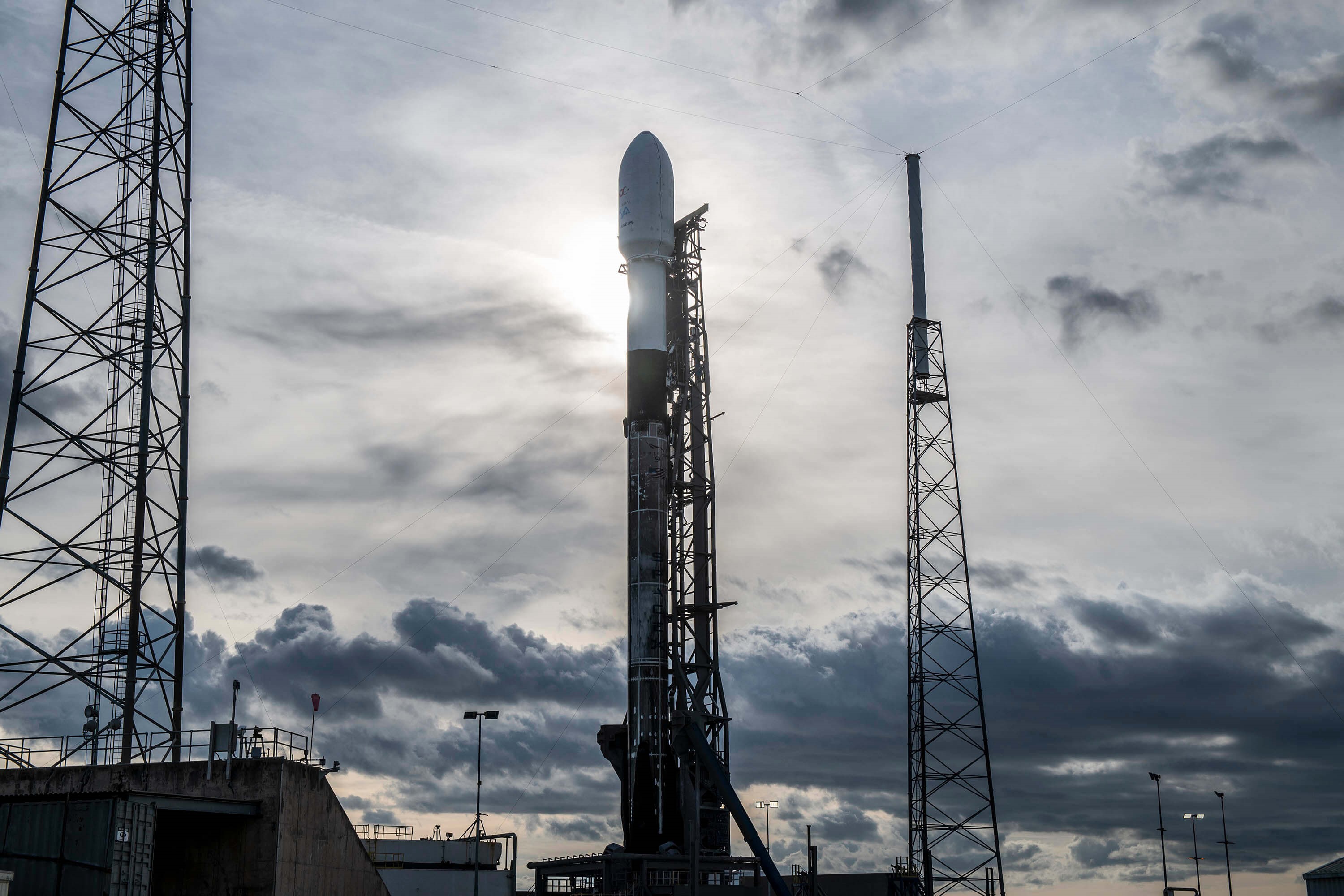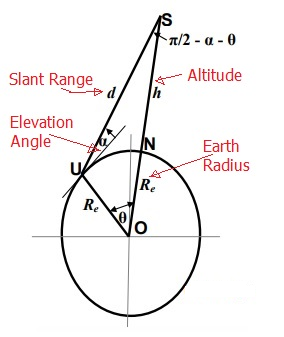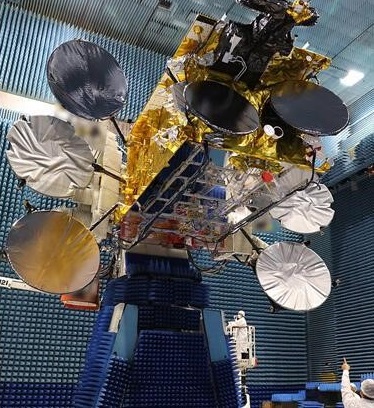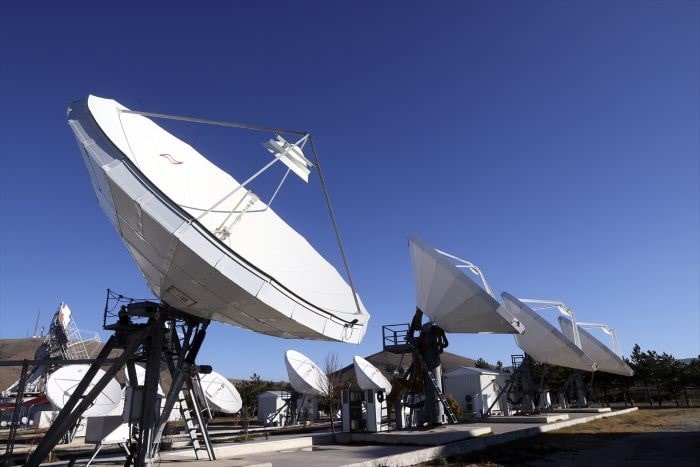- 2022-02-18 15:06:52

Once again, the world's eyes glazed upon Turkey and its recent endeavor, TURKSAT 5B. The satellite itself is manufactured by AIRBUS according to an agreement signed in 2017 and TURKSAT 5B will be launched on December 19th, 2021 by the famous rocket Falcon 9 from Elon Musk’s SpaceX [1]. TURKSAT 5A satellite was successfully launched into space on January 8th with SpaceX Falcon 9 rocket. [1]. In this week’s newsletter, we will elaborate on how satellite providers monitor and control satellites using Telemetry, Command & Ranging (TCR) signals and PALS’ contribution to local providers.

Telemetry means scientific measurement results of health, resources, altitude, and other information about a spacecraft’s subsystems [2]. Satellites have quite a few sensors to monitor different parameters such as pressure, temperature, status, etc., of various subsystems. In general, the telemetry data is transmitted as FSK or PSK [3].
Ranging means the periodic measurement of a satellite's distance from the earth's surface. Travel time is measured as a random or telemetry signal generated in the Satellite Control Center (SCC) is sent to the satellite and received, repeated & amplified by the satellite, and sent back to the SCC. And if you know the SCC delay time of uplink, downlink, and satellite turnaround time (to receive, repeat, amplify, and send), you know how fast a signal travels in space; the rest is a math calculation of signal travel time multiplied by signal travel speed to find the satellite's distance from Earth.We also mentioned telemetry signal modulated using FSK or PSK, and since the Doppler Effect shifts the phase and frequency of the signal, this gives us another parameter to measure distance. [3] These processes are called "Satellite Ranging" and it takes very specific equipment to make this happen. And since travel time is so important, time measurement is done by clocks with an atomic level of accuracy. If you have more than one earth stations (ES) on the ground to measure the distance of a satellite from ES, you can find the exact location of the satellite in three-dimensional space. It is very much like the Global Positioning System (GPS), but it is the other way around. Satellite Ranging is done periodically in order to track satellites, and it is called "Satellite Tracking" but in terms of SCC.

If you read this far, you know the satellite’s system status by Telemetry, the exact location of the satellite by Satellite Ranging, and its trajectory and velocity in space by Tracking. You may predict it’s movements ahead and program satellite in order to make speed & position corrections in order to keep it in orbit. This sentence alone proves TCR importance to satellite providers as well as users.

DID YOU KNOW?
PALS provided, installed, commissioned TCR ground system for TURKSAT. It will be used for Telemetry, Command and Range of TURKSAT 5B as well as many other satellites in the TURKSAT fleet. You may find more information here:
https://pals.com.tr/news/turksats-next-gen-going-modular-with-a-reengineered-ground-segment
Thus, this theoretical information does not only come from textbooks but also comes from gaining first-hand experience from managing and installing many projects over many years accumulated in the field. If you have or need any TCR systems, please feel free to contact us.

References:
[1]: Unnamed Author, News Article, “Türkiye 8'inci uydusu için gün sayıyor”, https://www.trthaber.com/haber/gundem/turkiye-8inci-uydusu-icin-gun-sayiyor-635901.html, Access Date: 17.12.2021
[2]:Unnamed Author, Article, “Satellite Communication - TTCM Subsystem”, https://www.tutorialspoint.com/satellite_communication/satellite_communication_ttcm_subsystem Access Date: 17.12.2021
[3]: C.J. Keesee, Satellite Telemetry, Tracking, and Control Subsystems. (Massachusetts Institute of Technology, 2003), http://ocw.mit.edu/courses/aeronautics-and-astronautics/16-851-satellite-engineering-fall-2003/lecture-notes/l20_satellitettc.pdf










